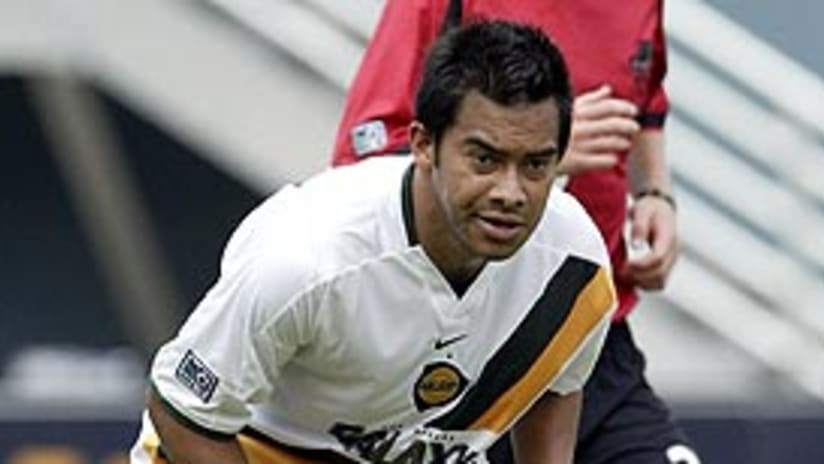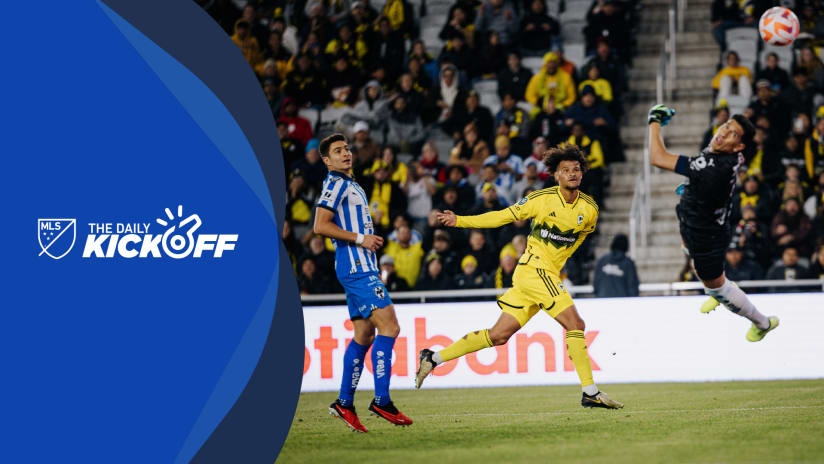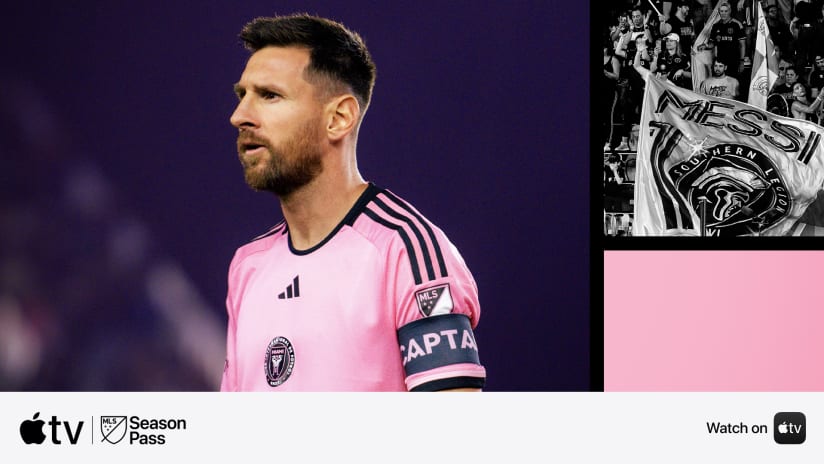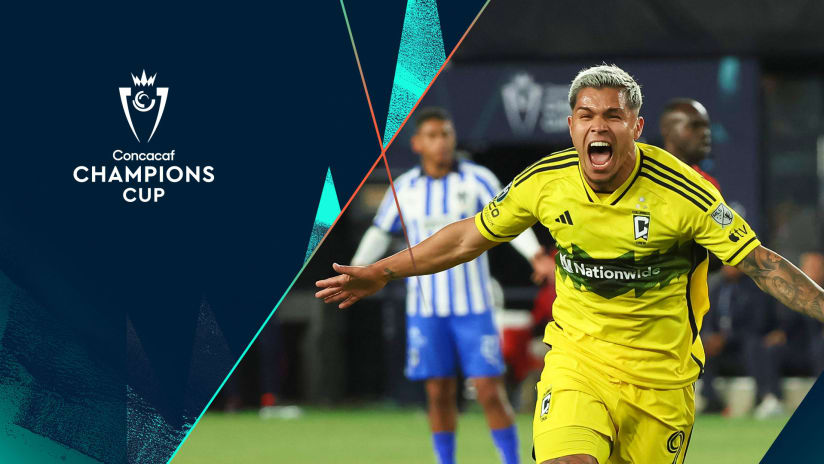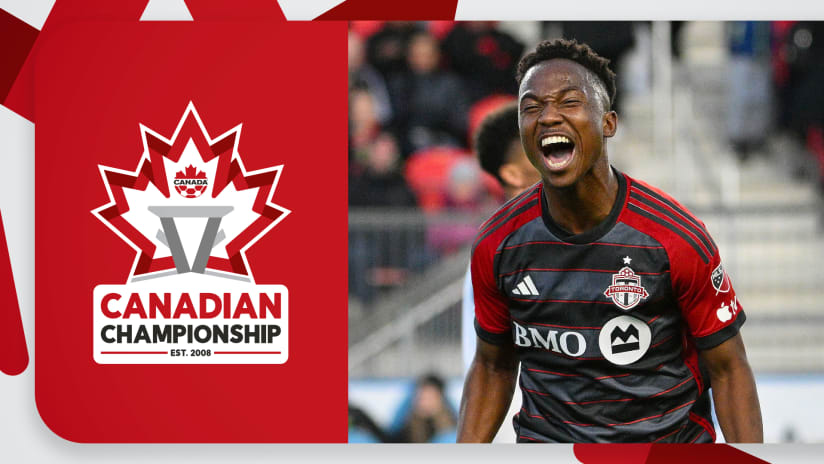Joao Luiz, we hardly knew you. Thomas Ravelli, we knew you a little too well. Sasa Curcic, where do we begin? Point is, guys like you came here from foreign lands, earned nice paychecks and gave us very little return. Thankfully, in MLS history, there have been many more foreign bargains than foreign busts. This week's First XI is dedicated to those who have come from abroad and provided MLS with the goods. Since league acquisition rules have changed radically over the years - and since salary information used to be confidential - the criteria for making this team is simply: players I've been told came to MLS on less-than-enormous contracts.
11. Oscar Pareja. The heart and soul of some very good Dallas Burn teams (1999-2001), Pareja actually got his start in New England, playing 13 games for the Revolution in 1998. A true two-way midfielder, who also wasn't afraid to play vigilante when he felt his teammates were taking too many hits, Pareja is also a player who embraced life in Dallas, learning enough English to relate with all of his teammates and getting himself a green card long before that became the norm in MLS. Pareja will be 36 in August and his time on the field may be dwindling, but he will always be a legend in Big D.
10. Giovanni Savarese. Though he was never a regular starter for the MetroStars, there was never a more clutch goal scorer in the Meadowlands than Gio. His 44 goals in all competitions in a Metro uniform remains the most in team history. How many more would he have scored if the Metros hadn't traded him to New England in 1999, a move many Metro fans believe ignited the worst season in league history.
9. Jerzy Podbrozny. He was supposed to be a back-to-the-goal striker, according to all scouting reports coming out of Poland. And his goal numbers were always prolific in the Polish first division. But after about five games as a striker for the '98 Fire, Podbrozny came clean, telling the Fire he was more comfortable playing in midfield. While it wasn't exactly what the team wanted to hear at the time, it all worked out when Podbrozny started clicking in the center of the field with Peter Nowak. In the Fire's double-winning debut season, Jerzy scored goals in both the MLS Cup and U.S. Open Cup finals.
7. Jose Cancela. An under-the-radar discovery pick a year ago, Cancela has emerged as the class of MLS playmakers. No one in MLS can deliver the perfectly-weighted pass like Cancela, who floats around the field like a feather, always finding the right angles to receive and release the ball. A subtle, skillful player, Cancela has also shown that he can deal with the fouling that a top-flight playmaker receives during a typical MLS war.
6. Mamadou Diallo. Perhaps the most enigmatic player ever in MLS, Diallo frustrated as much as he delighted. But there's no denying that in his debut season of 2000, Diallo was a phenomenon, scoring 26 goals. The beginning of the end for Big Mama came when his contract was restructured so that his bonuses were mostly based on how many goals he scored. When the Mutiny started to fall out of the race, Diallo told his teammates it was most important for him to provide for his family. He started shooting from everywhere.
5. Raul Diaz Arce. He was the prototypical "it takes five good chances to get one goal" striker, but the thing about Diaz Arce (circa '96-'97) was that he often got seven and eight good chances a game. For a player who wasn't especially tall, Diaz Arce was fantastic in the air, a fearless header in front of the goal. His feet may have been the place where good passing plays went to die, but Raul always kept working, and back when Marco Etcheverry and Jaime Moreno were creating, he'd find a way to get a goal or two.
4. Ronald Cerritos. Here's another guy who forced all MLS coaches to take a long, hard look at El Salvador. Like Diaz Arce, a force in the air. Unlike RDA, a good combination player in and around the box. The last few years seemed frustrating for Cerritos as he bounced from San Jose to Dallas to D.C., but he did enough during his time in the league to be considered one of the all-time great imports in MLS history.
4. Stern John. A product of the famed junior college program of Mercer County (N.J.) College ... that's no joke ... John was a pre-season trialist in '98 who was snapped up by Crew coach Tom Fitzgerald. He quickly became the most lethal finisher the league has ever seen. Alas, he only stayed around for two seasons and 44 league goals before moving on to England. There are strong hints, however, that Stern may return.
3. Mauricio Cienfuegos. OK, so this one may be a little out there, because Cienfuegos was considered from Day One to be the playmaker and leader in L.A., but the word on the street was that he was playing for chump change back in '96, when he was dealing at his best. There was no happier man than Cien when Carlos Ruiz scored that golden goal at Foxboro Stadium back in 2002. The heart of the Galaxy finally won the ring he craved.
2. Lubos Kubik. Down in Orlando, in the early spring of '98, the Chicago Fire looked like the biggest bunch of misfits ever assembled. They were, basically, a team that consisted of Peter Nowak and a bunch of castoffs. But there in the middle of it all, stood this 6-3 tower with the sweetest left foot anyone had ever seen. I remember hearing Brian Bliss, then a trialist with the Wizards, ask "Is that Lubos Kubik? What's he doing here?" Bliss remembered Kubik from the Czech team at the '90 World Cup. Kubik was out of work and looking for a new challenge. He signed on the cheap for the '98 Fire and became the best attacking defender the league has ever seen ... by a wide margin.
1. Carlos Ruiz. All we knew about Ruiz before he came into the league in 2002 is that he was the guy who tried to take Kasey Keller's head off in Mazatenango. What we learned later on is that he's the hungriest striker to ever play in MLS, not to mention its greatest clutch goal scorer ever. Yeah, I'll admit, he makes the No. 1 slot on this list mostly because of that Soccer America salary list, but its hard to deny that there's ever been a better discovery in the eight-plus years that MLS has been up and running.
Jeff Bradley is a senior writer for ESPN The Magazine. Send your comments and complaints (200 words or less, please) to Jeff and he promises to read (but not respond to) all of them. The views and opinions expressed in this column are those of the author's, and not necessarily those of Major League Soccer or MLSnet.com.

